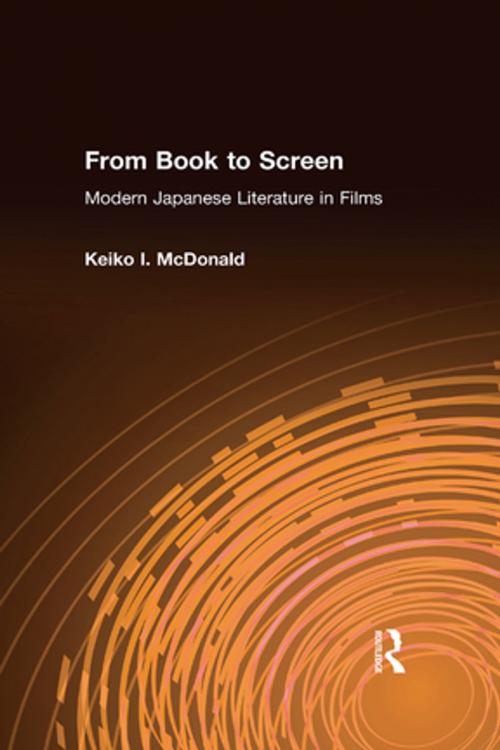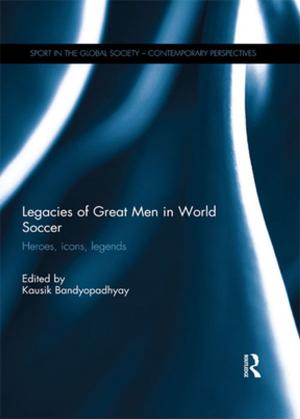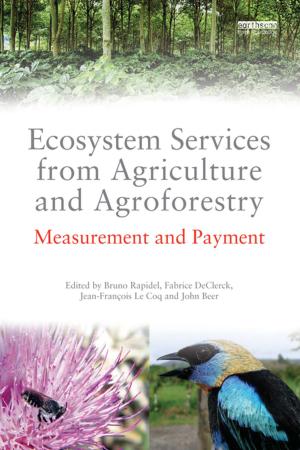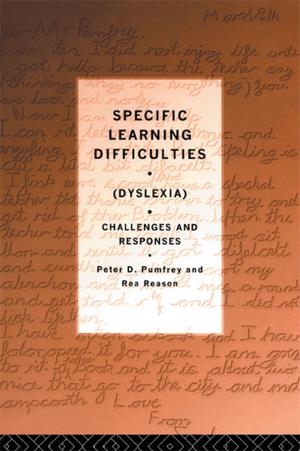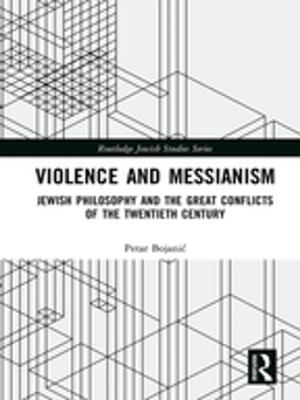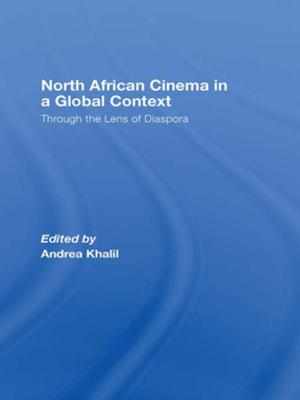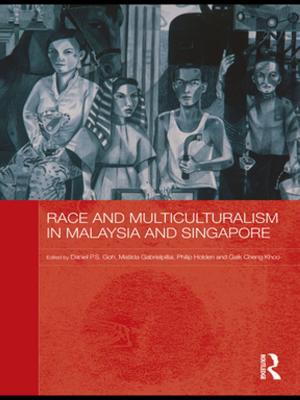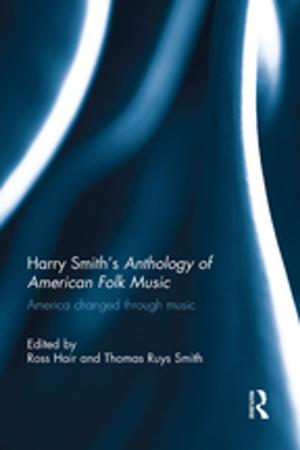From Book to Screen: Modern Japanese Literature in Films
Modern Japanese Literature in Films
Nonfiction, Social & Cultural Studies, Political Science, Politics, Practical Politics, Social Science, Cultural Studies, Ethnic Studies| Author: | Keiko I. McDonald | ISBN: | 9781315292397 |
| Publisher: | Taylor and Francis | Publication: | September 16, 2016 |
| Imprint: | Routledge | Language: | English |
| Author: | Keiko I. McDonald |
| ISBN: | 9781315292397 |
| Publisher: | Taylor and Francis |
| Publication: | September 16, 2016 |
| Imprint: | Routledge |
| Language: | English |
Of all the world s cinemas, Japan's is perhaps unique in its closeness to the nation's literature, past and contemporary. The Western world became aware of this when Akira Kurosawa's Rashomon was awarded the Grand Prize at the Venice film festival in 1951 and the Oscar for best foreign film in 1952. More recent examples include Shohei Imamura's Eel, which won the Palm d'Or (Best Picture) at Cannes in 1997.From Book to Screen breaks new ground by exploring important connections between Japan's modern literary tradition and its national cinema. The first part offers an historical and cultural overview of the working relationship that developed between pure literature and film. It deals with three important periods in which filmmakers relied most heavily on literary works for enriching and developing cinematic art. The second part provides detailed analyses of a dozen literary works and their screen adoptions.
Of all the world s cinemas, Japan's is perhaps unique in its closeness to the nation's literature, past and contemporary. The Western world became aware of this when Akira Kurosawa's Rashomon was awarded the Grand Prize at the Venice film festival in 1951 and the Oscar for best foreign film in 1952. More recent examples include Shohei Imamura's Eel, which won the Palm d'Or (Best Picture) at Cannes in 1997.From Book to Screen breaks new ground by exploring important connections between Japan's modern literary tradition and its national cinema. The first part offers an historical and cultural overview of the working relationship that developed between pure literature and film. It deals with three important periods in which filmmakers relied most heavily on literary works for enriching and developing cinematic art. The second part provides detailed analyses of a dozen literary works and their screen adoptions.
